小学英语五年级下册Unit-3--My-school-calendar第三课时(表格版)
- 格式:doc
- 大小:115.00 KB
- 文档页数:3
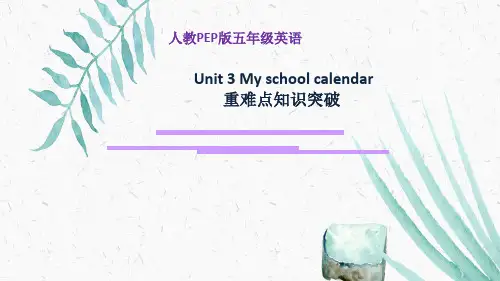
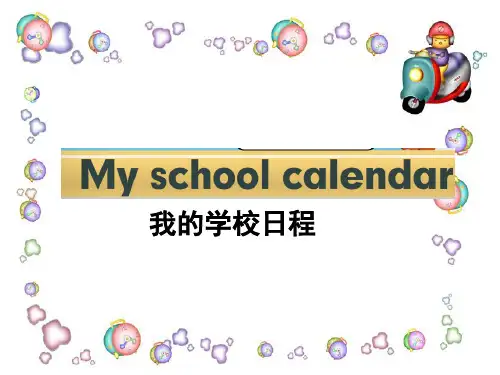
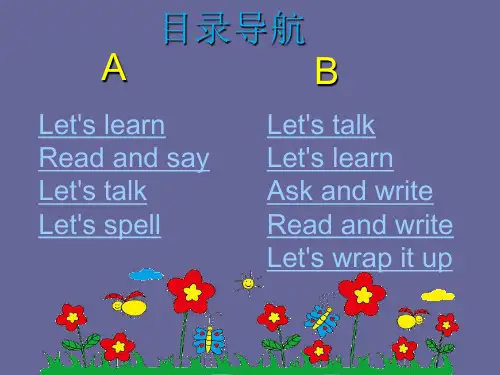
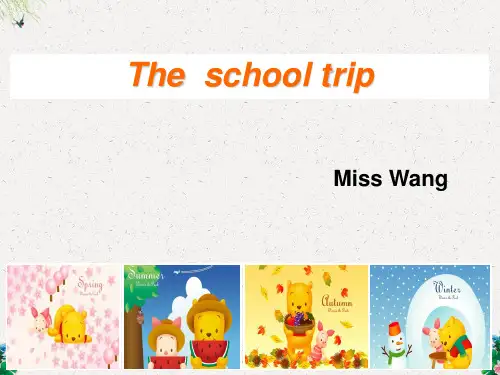
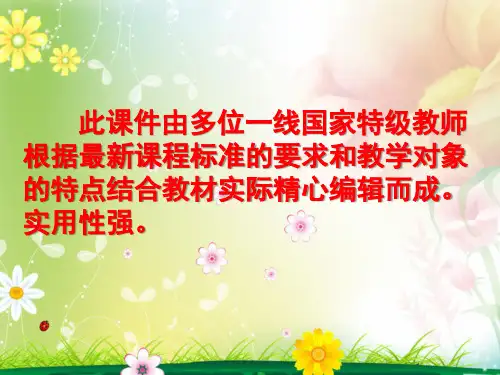
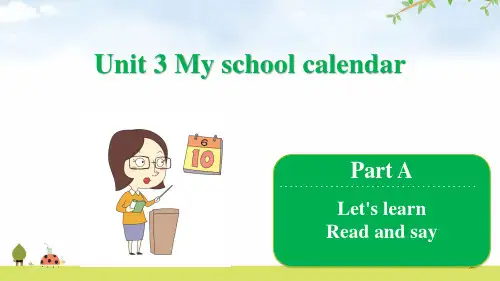
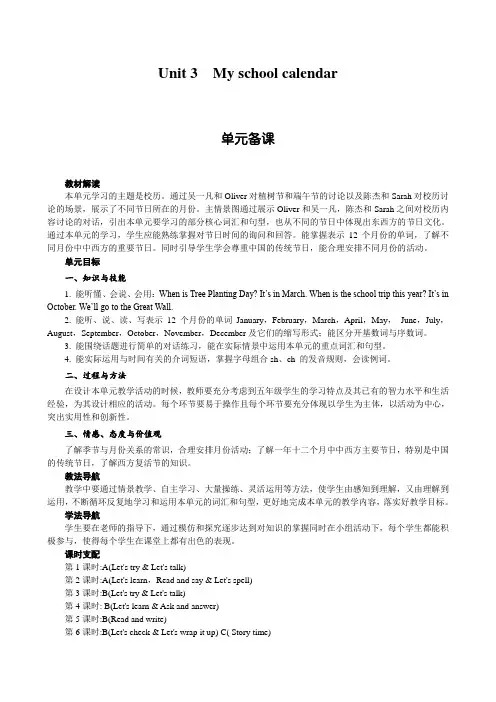
Unit 3 My school calendar单元备课教材解读本单元学习的主题是校历。
通过吴一凡和Oliver对植树节和端午节的讨论以及陈杰和Sarah对校历讨论的场景,展示了不同节日所在的月份。
主情景图通过展示Oliver和吴一凡,陈杰和Sarah之间对校历内容讨论的对话,引出本单元要学习的部分核心词汇和句型,也从不同的节日中体现出东西方的节日文化。
通过本单元的学习,学生应能熟练掌握对节日时间的询问和回答。
能掌握表示12个月份的单词,了解不同月份中中西方的重要节日。
同时引导学生学会尊重中国的传统节日,能合理安排不同月份的活动。
单元目标一、知识与技能1. 能听懂、会说、会用:When is Tree Planting Day? It’s in March. When is the school trip this year? It’s in October. We’ll go to the Great Wall.2. 能听、说、读、写表示12个月份的单词January,February,March,April,May,June,July,August,September,October,November,December及它们的缩写形式;能区分开基数词与序数词。
3. 能围绕话题进行简单的对话练习,能在实际情景中运用本单元的重点词汇和句型。
4. 能实际运用与时间有关的介词短语,掌握字母组合sh、ch 的发音规则,会读例词。
二、过程与方法在设计本单元教学活动的时候,教师要充分考虑到五年级学生的学习特点及其已有的智力水平和生活经验,为其设计相应的活动。
每个环节要易于操作且每个环节要充分体现以学生为主体,以活动为中心,突出实用性和创新性。
三、情感、态度与价值观了解季节与月份关系的常识,合理安排月份活动;了解一年十二个月中中西方主要节日,特别是中国的传统节日,了解西方复活节的知识。
教法导航教学中要通过情景教学、自主学习、大量操练、灵活运用等方法,使学生由感知到理解,又由理解到运用,不断循环反复地学习和运用本单元的词汇和句型,更好地完成本单元的教学内容,落实好教学目标。
课题 Unit 3 My school calendar 课时 6 课时
B Let’s learn、 Ask
and write
年级 五年级 主备人 授课人
课型 新授 班级 五年级 教学方法 交际法
学习
准备
教师准备 动词卡片,教学挂图 录音机及磁带
学生准备 本课的单词卡片
学习
目标
1. 能够听、说、读、写表示月份单词及能认简写形式:July, August, September, October,
November, December.
2. 初步了解各个月份中一些节日的英语表达方式。
3. 让学生能说出自己最喜欢的月份(7---12月)。
重点 难点 重点:July, August, September, October, November, December.的学习。
难点:When is Mid-Autumn Day? It’s in„..的学习。
学习过程
教学过程 二次备课
交流
展示
Step 1.预习温故(用时5分钟)
1)Greetings: sing a song together.
2)Revision:Go over the old words: January, „„. May. June
T:Do you like January? / February...... Ss: Yes, I do.
T: Do you know July ? (板书该单词) Ss: It’s 7 月.
教师依次板书出7--12月及简写形式(也可是事先准备好的单词卡
片直接粘贴到黑板上)
Step 2. 新课内容展示(用时18分钟)
1) Teach the new words:July, August, September, October,
November, December.
T:July. July Spell it please. S:Read after teacher and spell
the word.
2) T: Make a sentence: July, July. Summer vacation is in July.
S:Read after teacher
(同样的方法教其他单词,并引导学生自己说出句子如:September
September .Teachers’ Day is in September.)。
3)引导学生找出7---12月份中的节日及自己能用英文读出的名称,
如:Teachers’ Day 等。
T:When is your birthday? S:My birthday is in August. / It’s
in January.
T:When is China’s National Day? S:It’s in
October. „„„„„.
4) Listen to the tape (let’s learn)
Step 3.合作交流:(用时7分钟)
1) 小组合作: When is Mid-Autumn Day? S:It is in „/ It’s
in December.
2)Finish “Ask and write”.
Step4、达标检测(用时8分钟)
一、翻译。
August October May December February September
April
二、将下面节日与月份连线
1. China’s National Day June
2. Teachers’ Day October
3. Children’s Day September
4. New Year’s Day March
5. Tree-planting day January
三、说说你最喜欢的月份,原因是什么?
I like August best. My birthday is in August. „„.
______________________________________________
学生小结:这节课我学到了 。
Step5、布置当堂作业
1.完成July, August, September, October, November, December.
在四线三格上的写法。
2.写一句自己今天才学会最感兴趣的句子。
板书
设计
Unit 3 My school calendar
July, August, September, October, November, December.
课后反思